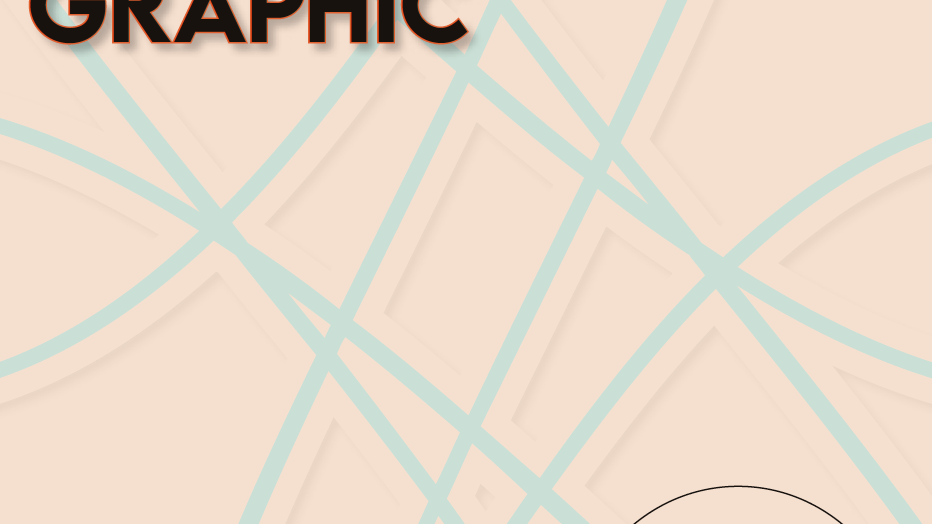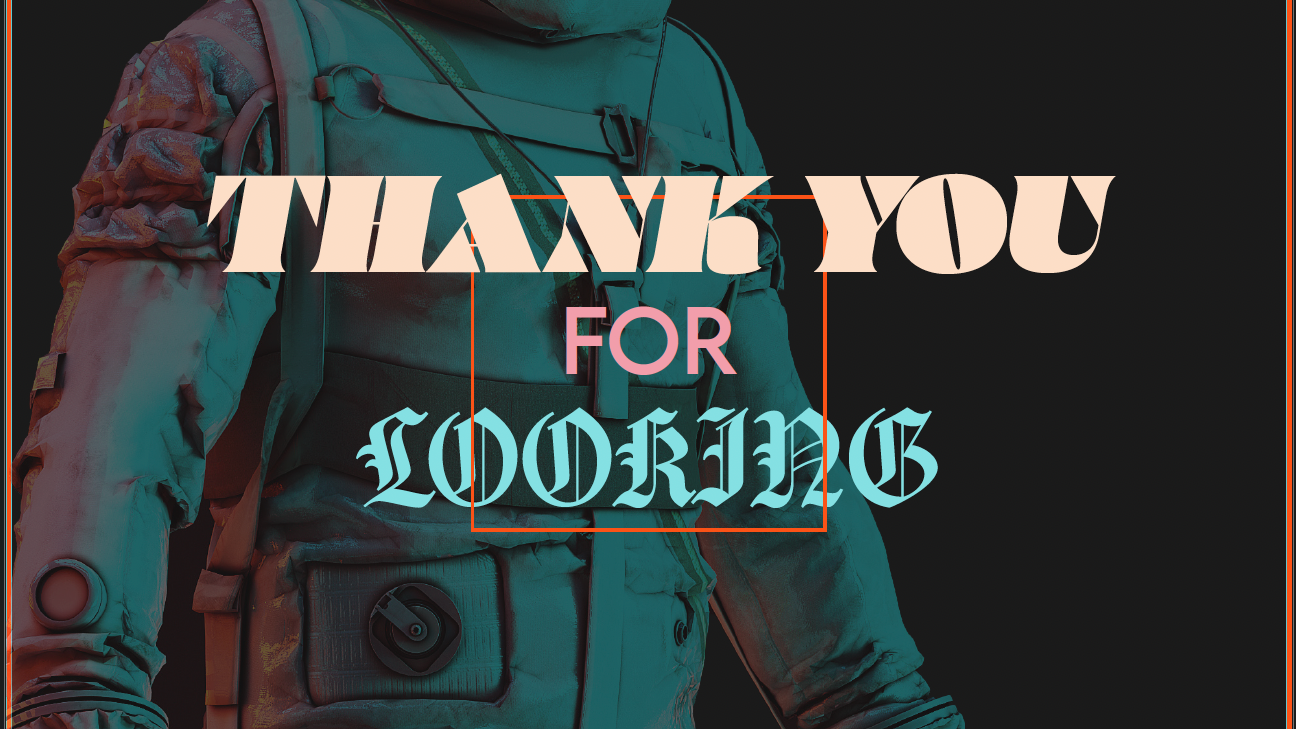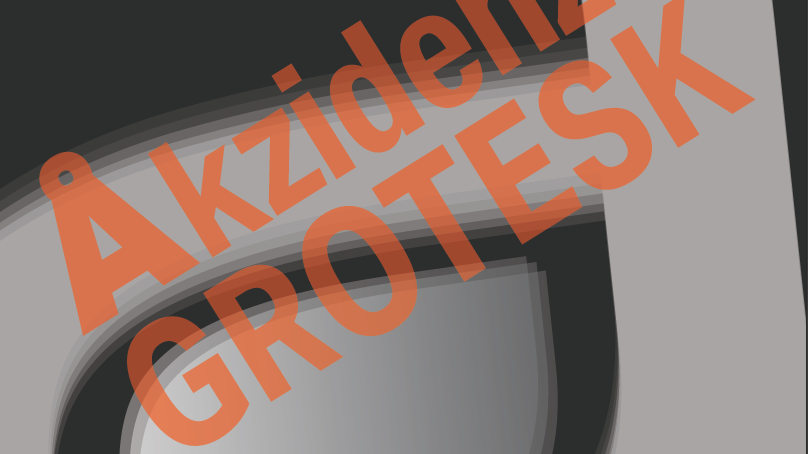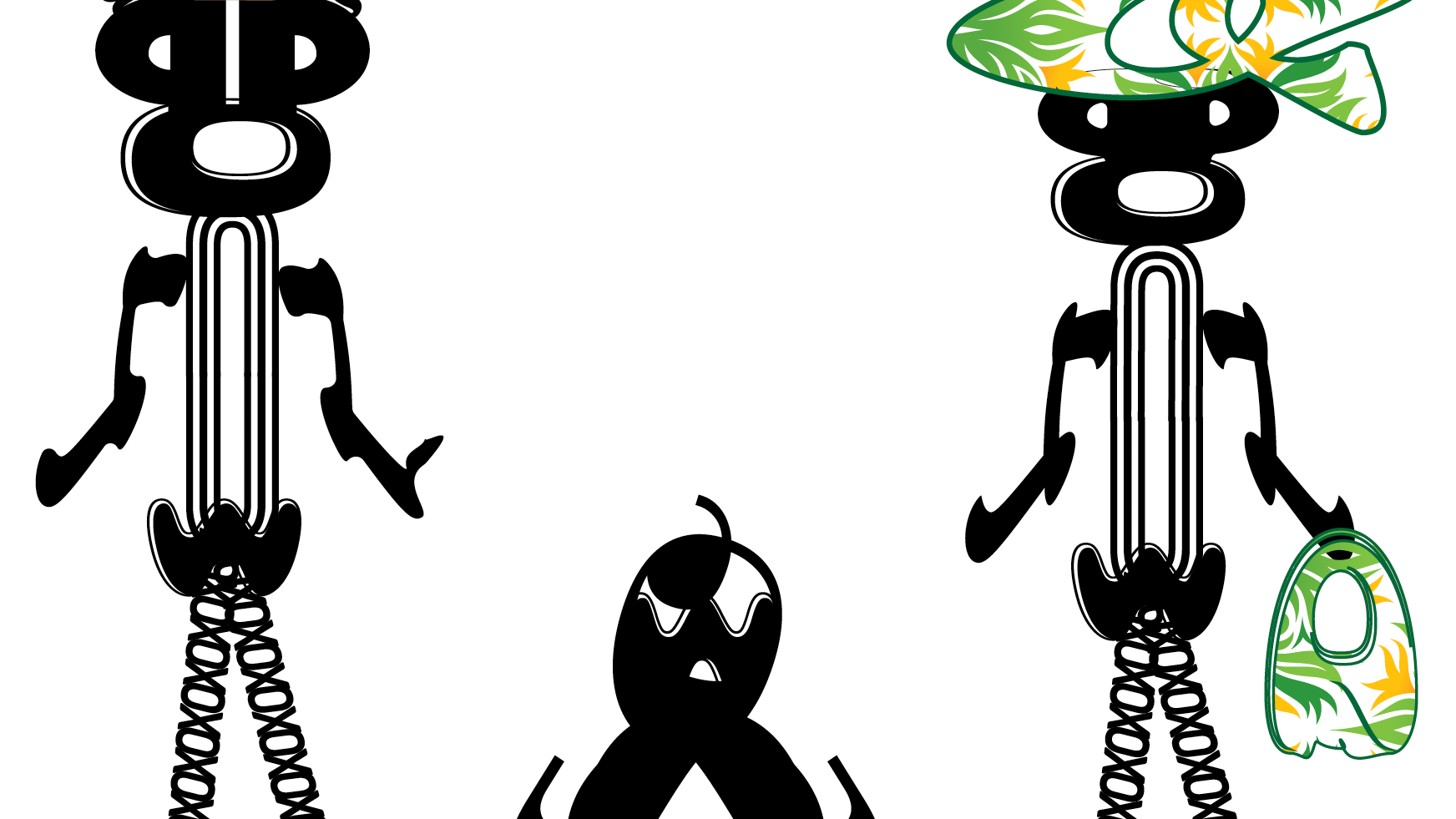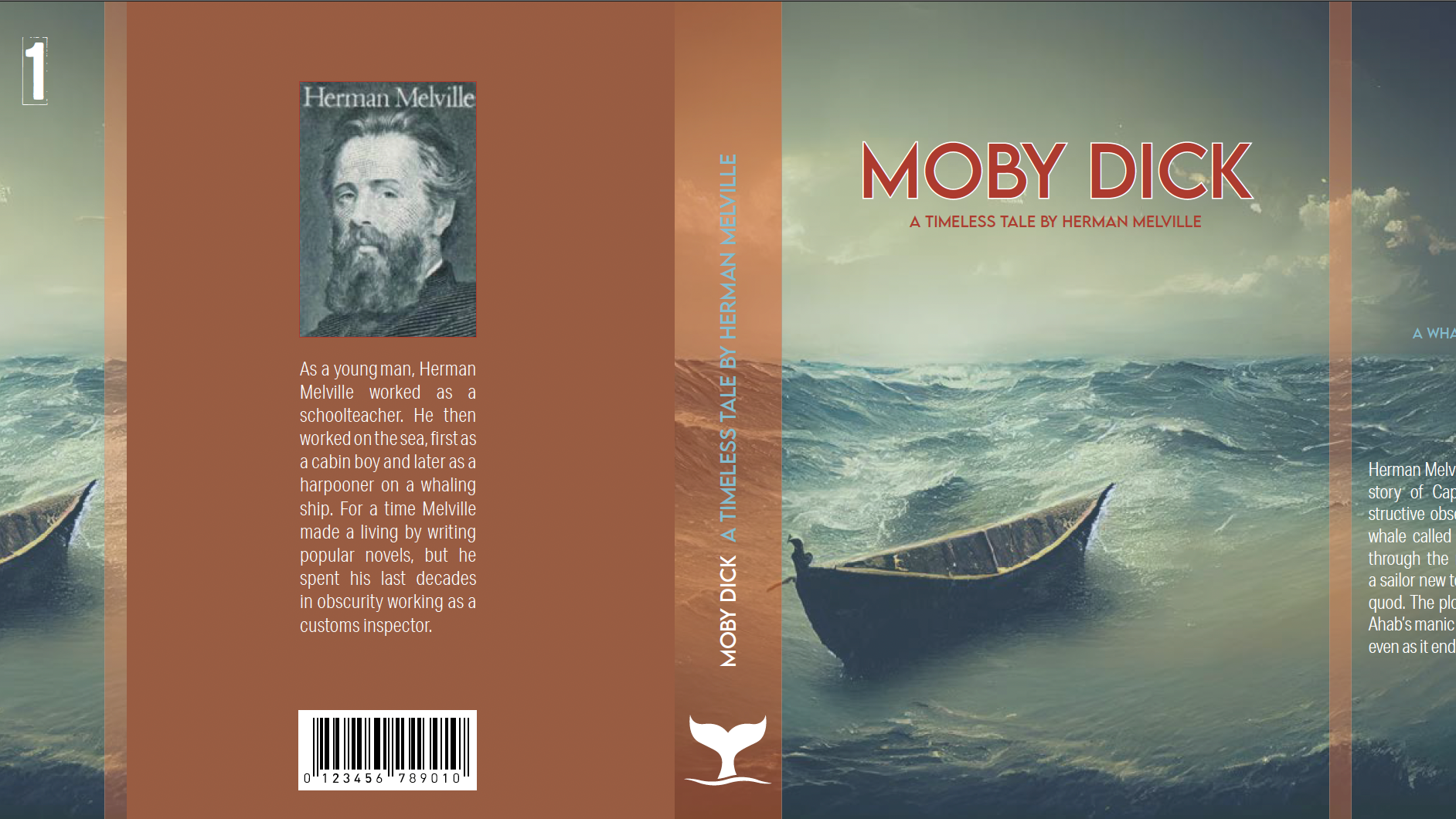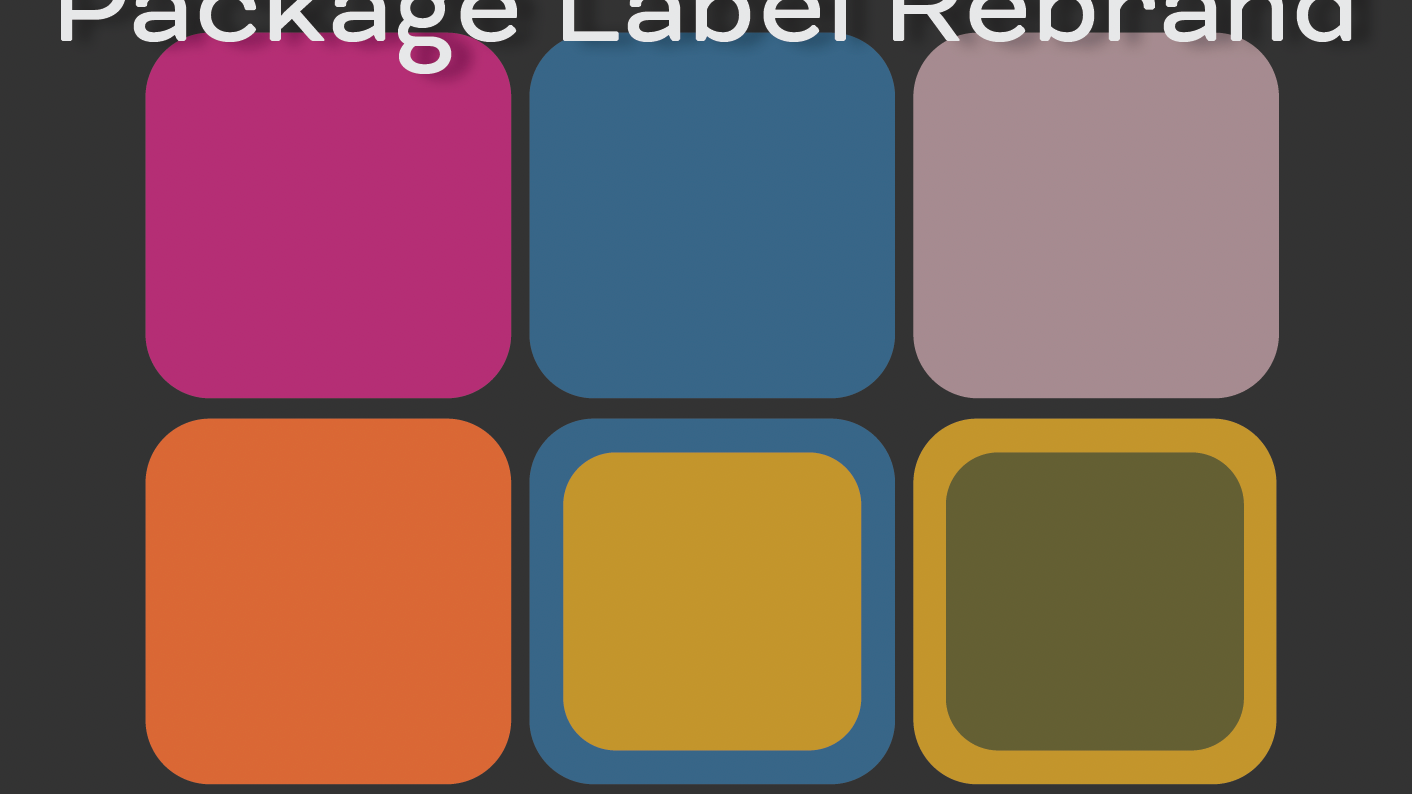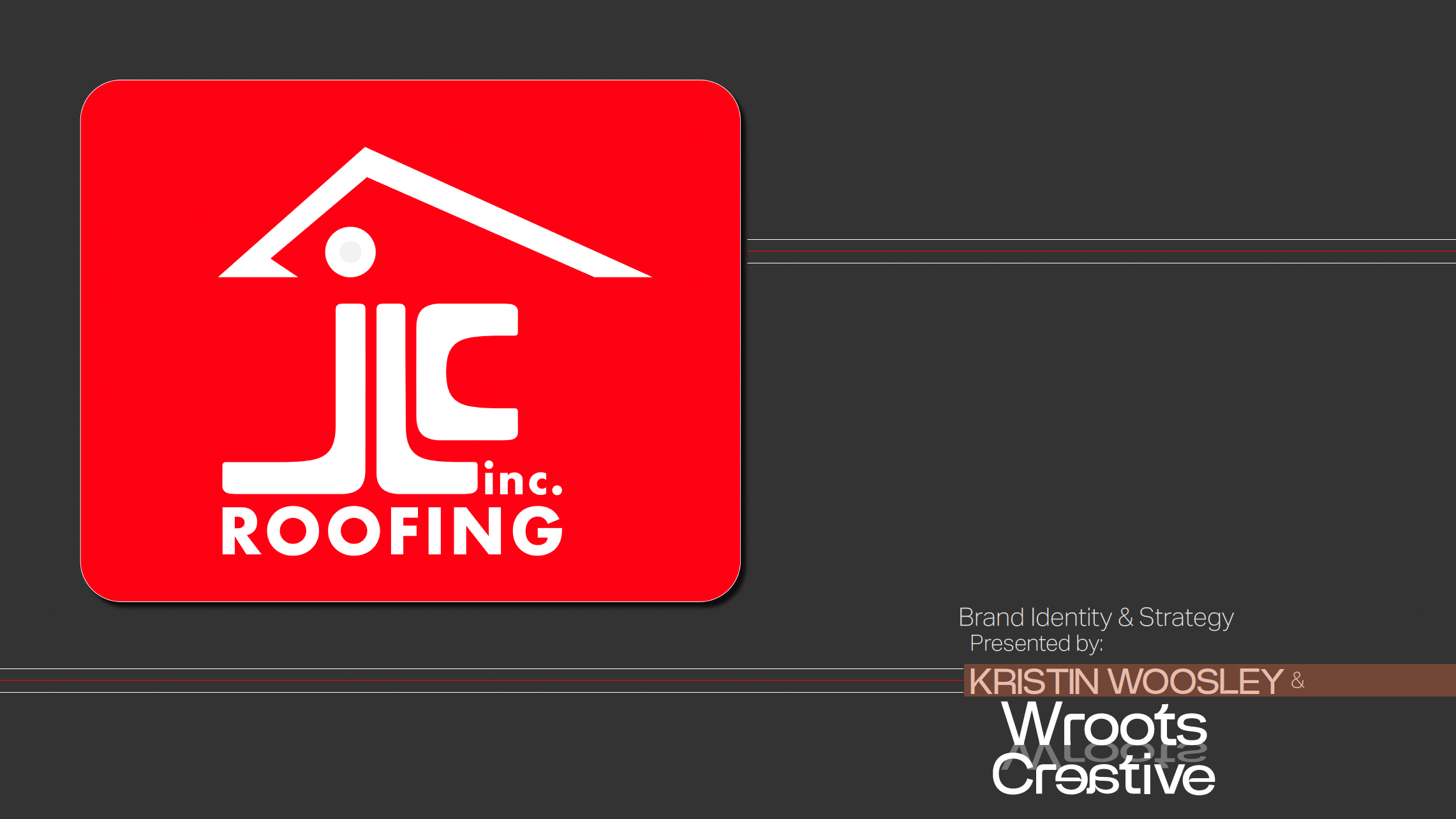5 Law-Breaking Ads Campaign Strategy
This project explores the boundaries of advertising ethics and legality through a creative lens. Using Starbucks, McDonald's, and Dunkin' Donuts as case studies, I developed five conceptual ads that illustrate key areas of legal and ethical violations in marketing, such as copyright infringement, false advertising, and trademark counterfeiting. Each ad was designed to demonstrate a deep understanding of branding, research, and the consequences of breaking advertising guidelines, while maintaining a bold and innovative visual approach
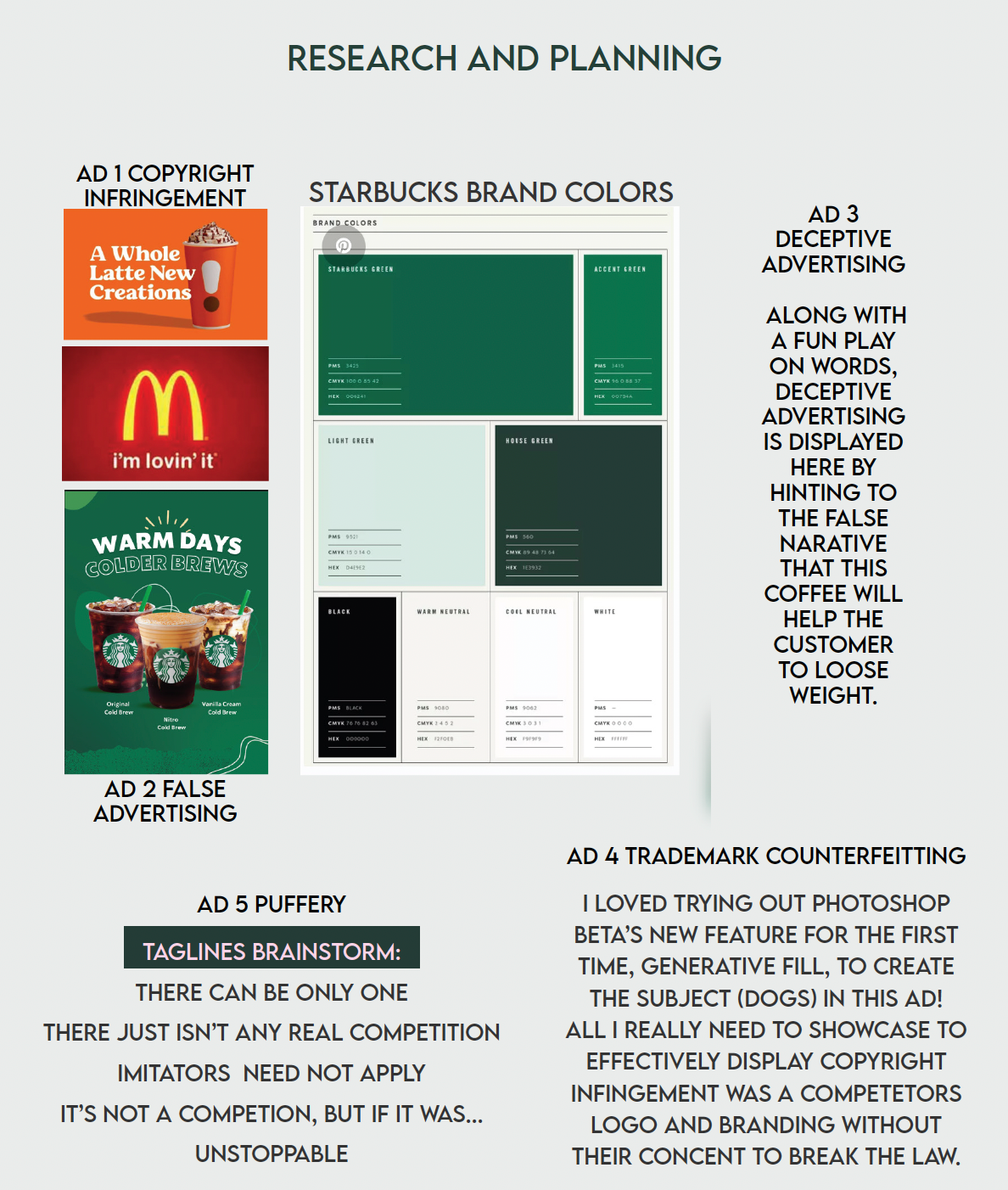


Case Study: 5 Law-Breaking Ads Campaign Strategy
Objective:
The project aimed to analyze and creatively represent five common legal and ethical violations in advertising, focusing on copyright infringement, false advertising, trademark counterfeiting, puffery, and deceptive advertising. By reimagining ads for Starbucks, McDonald’s, and Dunkin’ Donuts, the project emphasized the consequences of poor decision-making in marketing while showcasing design skills.
The project aimed to analyze and creatively represent five common legal and ethical violations in advertising, focusing on copyright infringement, false advertising, trademark counterfeiting, puffery, and deceptive advertising. By reimagining ads for Starbucks, McDonald’s, and Dunkin’ Donuts, the project emphasized the consequences of poor decision-making in marketing while showcasing design skills.
Approach:
Thorough research was conducted on real-world examples of advertising violations to inform the creation of conceptual ads. Each ad was strategically crafted to highlight a specific violation, maintaining brand authenticity while exaggerating key elements to provoke thought. Starbucks served as the primary focus, utilizing its brand identity, including logos, colors, and tone of voice, to demonstrate creative and ethical boundaries.
Thorough research was conducted on real-world examples of advertising violations to inform the creation of conceptual ads. Each ad was strategically crafted to highlight a specific violation, maintaining brand authenticity while exaggerating key elements to provoke thought. Starbucks served as the primary focus, utilizing its brand identity, including logos, colors, and tone of voice, to demonstrate creative and ethical boundaries.
Outcome:
The final deliverables included a series of visually engaging, 8x10 mock advertisements presented in a cohesive campaign. These ads not only highlighted the legal risks of unethical advertising but also served as a creative exploration of branding and design. The project effectively balanced educational value with artistic execution, showcasing a strong understanding of both branding principles and ethical considerations in the field of marketing.
The final deliverables included a series of visually engaging, 8x10 mock advertisements presented in a cohesive campaign. These ads not only highlighted the legal risks of unethical advertising but also served as a creative exploration of branding and design. The project effectively balanced educational value with artistic execution, showcasing a strong understanding of both branding principles and ethical considerations in the field of marketing.

